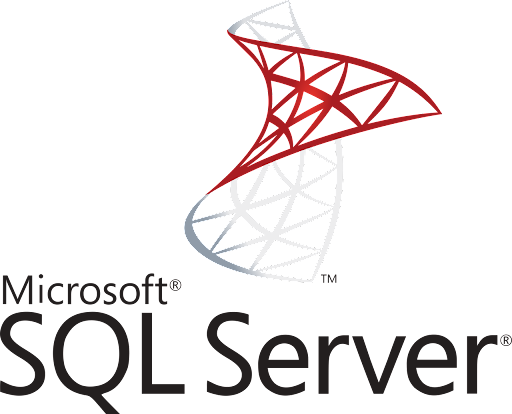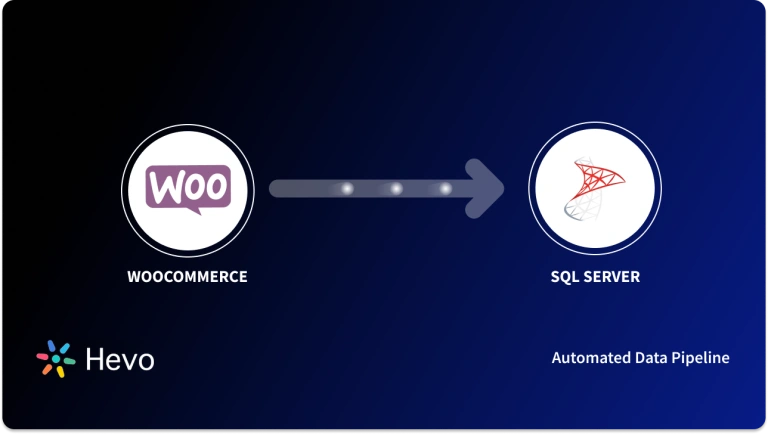MS SQL Server is feature-rich and offers tools for business intelligence, transactional operations, and analytical tasks. It supports data integration from various sources, including webhooks.
Webhooks enable real-time data transfer by triggering events that send notifications to designated destinations, such as SMS, which are significantly faster than traditional polling methods. By connecting webhooks to SQL Server, you can efficiently store webhook data and perform analytics to identify the most frequently triggered events, assess their impact on enterprises, and gain deeper insights.
This article explores different methods to connect webhooks to SQL Server.
Table of Contents
What are Webhooks?
Webhooks are automated messages sent from apps when something happens. They have a message—or payload—and are sent to a unique URL—essentially the app’s phone number or address. Webhooks are typically used to connect applications and systems, enabling them to exchange real-time data.
What is SQL Server?

MS SQL Server is a Relational Database Management System (RDBMS) developed by Microsoft. A Relational database is based on a Relational Model architecture. The data is organized in tables(relations), and the tables are related to each other. Each table has rows and columns(attributes). MS SQL Server is a software product used to administer the database and retrieve information.
To install SQL Server, follow the installation guide.
Streamline your data integration by connecting Webhooks to SQL Server using Hevo’s no-code platform. Automate your workflows and gain real-time insights with minimal effort.
Why Choose Hevo?
- Seamless Integration: Easily connect Webhooks to SQL Server and 150+ other sources and destinations.
- No-Code Setup: Set up and manage your data pipelines without writing a single line of code.
- Real-Time Data Sync: Keep your SQL Server up-to-date with continuous data flow.
Trusted by 2000+ data professionals at companies like Postman and ThoughtSpot. Rated 4.4/5 on G2. Try Hevo and make your Webhook-to-SQL Server connection seamless!
Get Started with Hevo for FreeWhy Do You Need to Set Up a Webhook SQL Server Connection?
Setting up a Webhook SQL Server connection can be crucial for the following reasons:
- Seamless Integration: Webhooks provide an efficient way to integrate external applications or systems with your SQL Server, ensuring smooth communication and data exchange.
- Real-time Data Sync: Webhooks allow for real-time updates, enabling your SQL Server to automatically receive data as soon as events occur, which improves data freshness and decision-making.
- Automated Workflows: With a webhook connection, you can trigger automated processes in your SQL Server based on specific events, streamlining workflows and reducing manual intervention.
- Reduced Resource Usage: Webhooks help minimize the need for constant polling to check for updates, reducing server load and optimizing resource consumption.
Simplify Webhooks SQL Server Connection by Eliminating the Need for Code using Hevo
- Step 1: Configuring the Webhooks as Source
- Step 2: Configuring MSSQL as the Destination
Step 1: Configuring the Webhooks as Source
Hevo has the provision to capture data on a REST endpoint which is routed through a Webhooks Source. The data that is pushed to the endpoint is readily available in the destination in real-time. Once the pipeline is created with Webhooks as a source, Hevo provides an HTTP endpoint. Below is a cURL example to send an event to a webhook URL endpoint.
curl -X POST https://us-webhook.hevo.io/t/ABCDEF1234
-d '[{
"event":"an event name",
"properties": {
"a_string_property":"x",
"a_integer_property":1,
"a_boolean_property":true,
"a_nested_property":{
"a":"x",
"b":1
}
}
}, {
"event":"an event name",
"properties": {
"a_string_property":"y",
"a_integer_property":2,
"a_boolean_property":false,
"a_nested_property":{
"a":"y",
"b":2
}
}
}]'As you know, Webhooks send information in the form of a payload, the information sent to the URL consists of two keys
- Event: Name of the event.
- Properties: Properties of the event as a JSON object to be ingested into the pipelines.
Step 2: Configuring MSSQL as the Destination
Note: For adding the MSSQL Server as the destination for your SQL Server Webhook connection, the database must have CREATE TABLE, ALTER, SELECT, INSERT, UPDATE, and USAGE grants.
a) Add Destination
You can use one of the following methods to configure the destination.
- After the source is selected for the data pipeline, you can click on ‘ADD DESTINATION’ button to add SQL Server as the destination.
- You can also move to the Asset palette and click on ‘Destinations’, In the Destinations List ‘View’ click on the ‘+CREATE’ button.
b) Select Destination Type
- In the ADD DESTINATION page, select MS SQL SERVER.
- You can also use the Search Destination Type search box to search for MS SQL SERVER.
c) Configure MS SQL Server Connection Settings
On the next page, alter the following parameters in order to configure your MS SQL Server Destination.
d) Test Connection
After filling in the details, click on TEST CONNECTION to test connectivity to the Destination Postgres server.
e) Save Connection
Once the test is successful, save the connection by clicking on SAVE DESTINATION.
This concludes the Webhooks SQL Server integration process. This method requires very little effort and is the top recommendation. In case you want to visit the method with a lot more technical aspects along with limitations, here goes.
Some important features of Hevo are,
- Monitoring and Observability: Monitor pipeline health with intuitive dashboards that reveal every stat of the pipeline and data flow. Bring real-time visibility into your ELT with Alerts and Activity Logs.
- Stay in Total Control: When automation isn’t enough, Hevo offers flexibility – data ingestion modes, ingestion, and load frequency, JSON parsing, destination workbench, custom schema management, and much more – for you to have total control.
- Auto-Schema Management: Correcting improper schema after the data is loaded into your warehouse is challenging. Hevo automatically maps the source schema with the destination warehouse so that you don’t face the pain of schema errors.
Use Cases of Connecting Webhooks to SQL Server
Here are some applications for connecting Webhooks to SQL server:
- Multicast Architecture: Connecting Webhooks to SQL server enables building a multicast architecture. It helps to send messages to multiple destinations at the same time. This helps in reducing latency.
- Application Development: Webhook pipelines send messages through simple HTTP requests. Thus, it makes application development cost-effective by lowering the maintenance of the messaging architecture.
- Analytics: It streamlines your workflow by enabling automation and collaboration which helps to reduce latency and increases productivity.
Conclusion
Webhooks help in providing real-time communication to applications whenever an event is triggered. It is used by all major enterprises since it is faster than the polling process. MS SQL server is one of the top players in Database Server solutions. It provides an end-to-end solution for enterprise data. When a Webhooks SQL Server connection is made, all the webhook information is transferred to SQL server, which allows performing analytics on information to gain insights like the most triggered part of the application, or the time frame that the triggers occur, and many more.
This article provided two methods to perform a Webhooks SQL Server connection. The first Method is an easy-to-use, no-code solution that provides a reliable connection. The second is a more hard-coded solution that requires more coding aspects and is not very reliable, as it is prone to human errors.
Frequently Asked Questions
1. What is server webhook?
A server webhook is a method for augmenting or altering the behavior of a web page or web application with custom callbacks. These callbacks may be maintained, modified, and managed by third-party users and developers who may not necessarily be affiliated with the originating site or application.
2. What is a database webhook?
A database webhook operates similarly to a server webhook but is specifically used to trigger real-time notifications or actions based on changes in a database.
3. When should you not use webhook?
a) High Frequency Events
b) Lack of Guaranteed Delivery
c) Security Concerns
d) Complex Transformations
4. Is webhook outdated?
Webhooks are not outdated. They continue to be a valuable and efficient method for real-time communication between systems.










